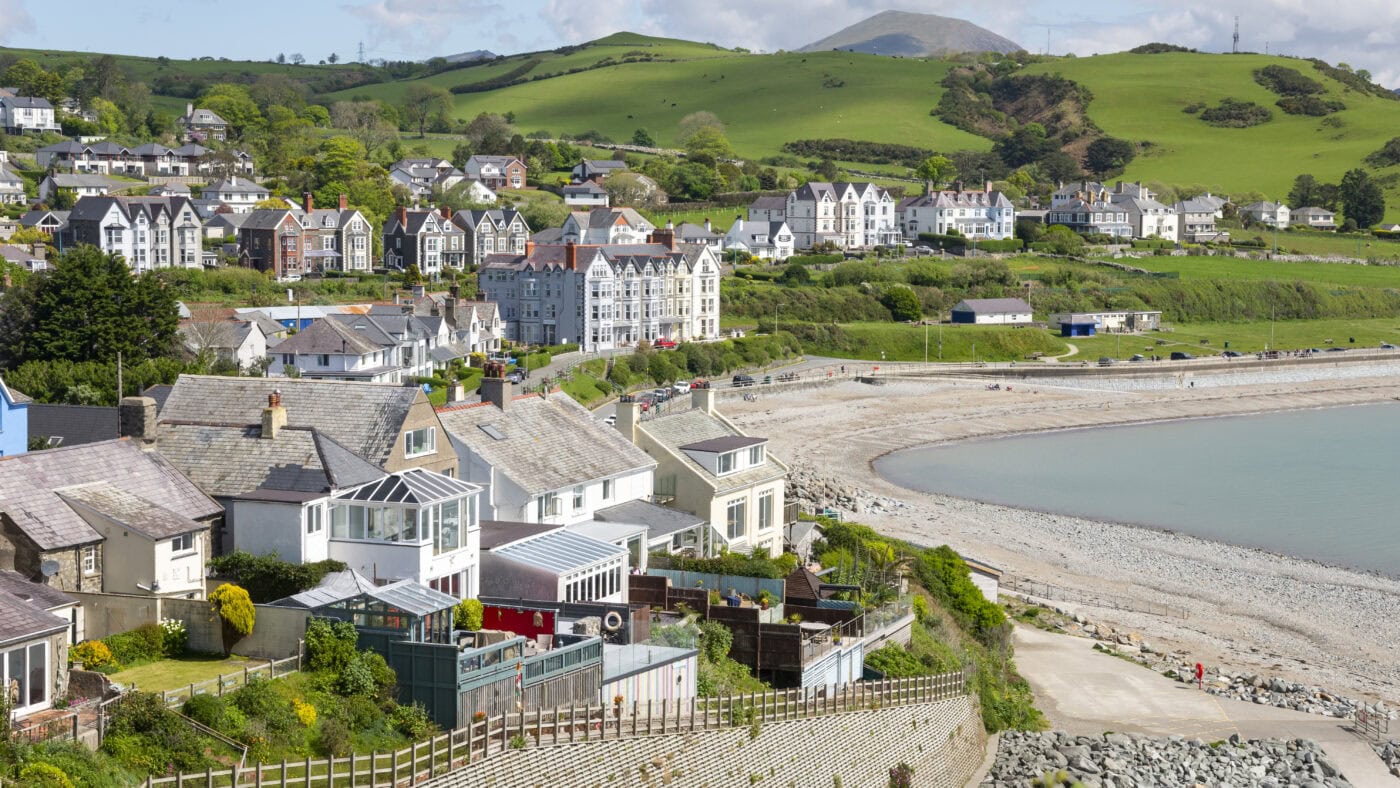The news from Gwynedd arrives heralded by a certain, perhaps premature, parochial, nationalist, triumphalism: house prices, it is proclaimed, have succumbed to the local council’s campaign against second homes, plummeting by a seemingly significant margin. To some eyes, this may appear a vindication of local prerogative, a victory for affordability wrested from the grasp of external wealth. Yet one must approach such pronouncements with a degree of circumspection, for beneath the surface of these ostensibly positive figures lies a more disquieting narrative – one that whispers of a Pyrrhic triumph, founded upon a perhaps perilous misapprehension of the intricate mechanisms governing the housing market.
Cyngor Gwynedd (Gwynedd County Council to you and me), animated by a laudable, if arguably myopic, desire to alleviate the housing pressures felt by its indigenous populace, has deployed a two-pronged strategy of considerable force: imposing a council tax surcharge of 150% on second residences, and the imposition of an ‘Article 4 direction’, effectively erecting a bureaucratic barrier to the conversion of primary dwellings into the increasingly ubiquitous holiday let. The immediate statistical outcome, as recent indices attest, is a discernible contraction in house values, a fall of some 12% year-on-year. But is this, in truth, the consummation of a judicious policy, or merely the fleeting illusion of progress?
I am compelled to question the very nature of this price abatement, to discern whether it represents a genuine market recalibration or, rather, a distortion induced by deliberate policy intervention. The evidence, when subjected to closer scrutiny, suggests the latter – a phenomenon less akin to a natural correction and more to a deliberate chilling of demand within a specific, and economically vital, segment of the local property landscape.
This is demand-side manipulation in its most overt form, and while such measures may occasionally possess a limited utility, their efficacy diminishes precipitously when employed in isolation, divorced from a more holistic understanding of the underlying market dynamics.
The fundamental affliction besetting Gwynedd, mirroring a wider malaise across the United Kingdom’s more aesthetically coveted rural and littoral regions, is not, in essence, an aberrant surge in demand for secondary residences. Instead, it is the pervasive and chronic inadequacy of overall housing provision. Decades of planning regimes predicated on restriction, the sacrosanct green belt, and the often-parochial reflexes of Nimbyism have conspired to forge an environment where the creation of new dwellings – irrespective of type or intended occupancy – has become a Sisyphean undertaking, fraught with prohibitive costs and labyrinthine complexities.
Within this context, Gwynedd’s policy interventions resemble nothing so much as an attempt to compress an inflated bladder: one area may deflate under pressure, but the volume displaced must inevitably manifest elsewhere. The foreseeable repercussions are manifold, and scarcely benign. Second homes, though sometimes viewed with local ambivalence, often constitute a crucial artery of the regional economy. They channel expenditure, sustain local commerce, and contribute to the very lifeblood of tourist-dependent communities. To artificially constrict this market segment risks exsanguinating the economic ecosystem upon which Gwynedd’s prosperity, in part, relies.
Robust property markets depend upon the clarity of price signals to guide the efficient allocation of capital. Interventions of the Gwynedd variety introduce opacity and distortion, rendering the region a less alluring prospect for investment and potentially impeding future development – even development aligned with Gwynedd’s avowed objectives. And while the immediate price reduction may engender a superficial sense of progress, it fails to address the foundational scarcity of supply. As long as the act of building remains encumbered and prohibitively expensive, any perceived improvements in affordability are destined to be transient and precarious. Indeed, by diminishing the area’s investment appeal, Gwynedd may inadvertently attenuate the very incentives required to foster long-term housing construction, including affordable options for its own people. Gwynedd can scarcely afford to make its people much poorer, the average wage there is just £34,700 (against the UK average of £45,800).
If Gwynedd’s aspiration is genuinely to enhance housing accessibility for its residents, then its focus must resolutely shift to the supply-side of the equation. The west of Wales needs liberty. Liberty in the form of liberalised planning that we all need everywhere in Britain. It needs to free up the amount of land allowed to build on. The council could look at the land it owns to free up homes for local people and those from elsewhere that want to holiday in a beautiful part of the country.
The Gwynedd experiment, while superficially seductive in its promise of immediate relief, risks becoming a cautionary parable of well-intentioned policies yielding unintended and ultimately detrimental consequences. One that is hard to measure to boot until it’s too late – with tourist dependent businesses that fail before the effect is known, unlikely to return and already facing strong headwinds. Genuine, enduring housing affordability mandates a concerted assault upon the entrenched deficit of supply. Demand-side contrivances, however politically expedient, remain mere distractions from the arduous, yet indispensable, task of building more homes. Until policymakers internalise this fundamental economic verity, we must anticipate a succession of such mirages, and the perpetuation of frustration within the housing market.
Click here to subscribe to our daily briefing – the best pieces from CapX and across the web.
CapX depends on the generosity of its readers. If you value what we do, please consider making a donation.


